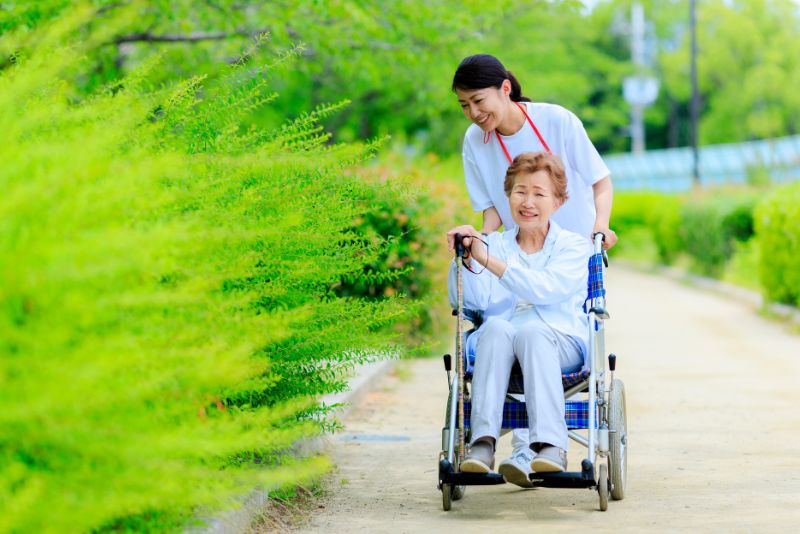The topic of what causes groin pain in the elderly is a critical concern for many individuals across the globe. Groin pain can significantly affect mobility and quality of life, especially in the elderly. Understanding these causes is essential for effective management.

Introduction to Groin Pain
Groin pain refers to discomfort in the area where the abdomen ends and the legs begin. It often involves the hip joint, and it can have numerous causes.
Common Causes of Groin Pain in the Elderly
Arthritis
Arthritis, particularly osteoarthritis, is a leading cause of groin pain in seniors. It primarily affects the hip joint, causing pain and stiffness.
Hip Fractures
Hip fractures are more common in older adults due to weakened bones from osteoporosis. Such injuries require immediate medical attention.
Muscle Strains
Muscle strains or sprains result from overuse or unexpected movements, frequently affecting athletes and active seniors.
The Role of Osteoporosis
Osteoporosis causes bones to become fragile, greatly increasing the risk of fractures that can lead to significant pain.
Hernias in the Elderly
An inguinal hernia occurs when tissue pushes through a weak spot in the abdominal muscles, causing pain.
Impact of Hip Joint Disorders
Hip joint disorders, including labral tears and bursitis, can cause significant groin pain and limit activity.
Exploring Less Common Causes
Urinary Tract Infections
Though less common, urinary tract infections (UTIs) can also contribute to groin pain, particularly in seniors.
Nerve Damage
Nerve conditions like neuralgia are less common causes yet could be contributory factors.
Diagnosis and Assessment
To determine the cause of groin pain, a doctor will perform a physical exam and may recommend imaging tests like X-rays or MRIs.
Treatment Options for Groin Pain
Treatment often involves medication, physical therapy, and sometimes surgery, depending on the underlying cause.
Home Remedies
Rest, ice application, and gentle stretching exercises can help relieve mild groin pain.
Prevention Strategies
Maintaining a healthy weight, staying active, and using supportive equipment like lift chairs can prevent groin pain.
Why Regular Check-ups Matter
Frequent medical examinations help catch conditions early, improving outcomes.
The Role of Physical Therapy
Physical therapy provides personalized exercises to strengthen muscles and improve flexibility.
Assistive Devices for Seniors
Using devices like a grabber tool or back massager can alleviate some pain and make daily activities more manageable.
Seeking Professional Help
Consult professionals if your pain persists or worsens despite initial measures.
Living With Chronic Groin Pain
Adapting lifestyle changes and seeking support can make life with chronic pain more manageable.

FAQs on Groin Pain in the Elderly
What are the initial steps for managing groin pain?
Rest and over-the-counter pain relief are effective initial steps. Consult a doctor if needed.
How can physical therapy benefit seniors with groin pain?
Physical therapy involves targeted exercises that improve strength and reduce pain.
Are there lifestyle changes that can relieve groin pain?
Yes, maintaining a healthy lifestyle with regular exercise and proper nutrition helps manage pain.
Understanding what causes groin pain in the elderly empowers individuals to seek timely interventions and improve quality of life. For more information, visit elderly care tips.
This article contains affiliate links. We may earn a commission at no extra cost to you.

